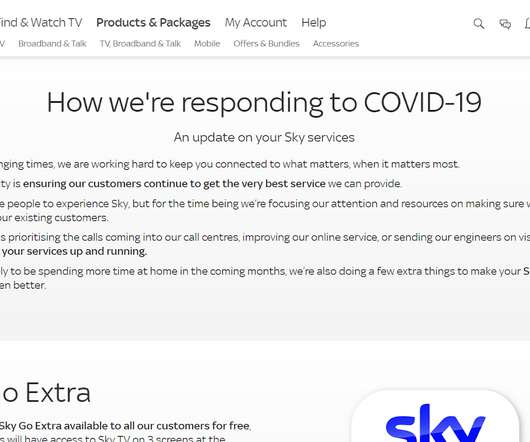Ecommerce: How to Survive its Troughs
ReadWriteStart
JANUARY 25, 2020
The rise of ecommerce started in 2001 – during the growth of the commercial availability of the internet in households. For most online vendors, this new revenue model was a significant change in the way brands set advertising campaigns. But your brand’s name is nowhere to be seen. The Rise of Ecommerce.






















Let's personalize your content